Today
Goodhart Hall, location of the 1931 Conference.
Comparison, 1936 and 2014.
We feel that this project is important today because it addresses episodes in the institution's history centered on race relations, exposing administrative misdeeds and student-led conversations on change. These events, both institutional and grassroots, parallel modern worldwide movements. We hope that this project prompts viewers to consider the differences and similarities between then and now: differences in cultural norms and travel logistics, and similarities in discussions, concerns, progress, and problematics.
Not only does this project shed light on the way change was made in Bryn Mawr, and other US colleges, but it also reveals to us where Bryn Mawr was, where it is today, and where we want it to be in the future. It is extremely important for these discussions to resurface especially in today’s political and social climate.
One aspect of these conferences that stands out is the connectedness of the student bodies. Students organized across campuses to plan, host, and attend conferences together. School newspapers reported on students' attendance of conferences at other campuses on topics such as economic conditions and social relations.
This project is meant to provide clarity and context to life on Bryn Mawr's campus today. We recognize that being a Black person at a predominantly white institution can be challenging and finding one's own voice can be difficult. For that reason, we feel it is important to understand that these events transpired. Our hope is that knowing these episodes in the College's history will promote ongoing efforts towards anti-racist practice at Bryn Mawr.
The 2015 opening of The Enid Cook Center '31. The Center is the first building at Bryn Mawr named in honor of an African-American alumna.
While institutions like Bryn Mawr are not without their issues of racial injustice, we can appreciate that students are willing to talk with one another about it. These kinds of conversations have been incredibly influential in bringing about change--often change that the faculty and administration were not willing to start on their own. These student-led conversations have resulted in the replacement of M. Carey Thomas's name on Old Library with explanatory signage, they have pushed for more diversity within the College, and they have created the Enid Cook '31 Center, a Black cultural center and dorm open to students who identify with its ideals, among many other important strides towards racial justice at Bryn Mawr.
This project shows that the types of student-led discussions currently occurring on campus have been taking place since the early 20th century. The conferences of 1924 and 1931 pushed students to openly think about issues of racial inequality and to engage with students of color at a time when Bryn Mawr discouraged Black students from attending the College. The exhibits provide a glimpse into the College’s complex history within the framework of systemic racism. The conferences remind us of the progress that Bryn Mawr has made as an institution, and they inspire us to continue working to dismantle racist policies and practices and to choose to be antiracist.

